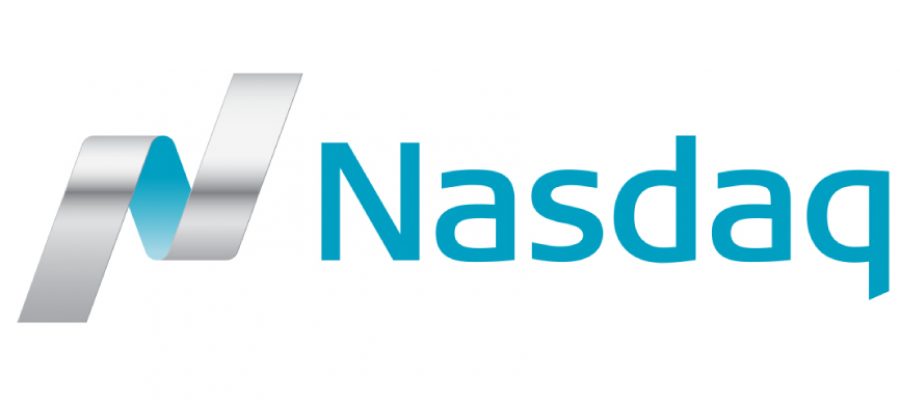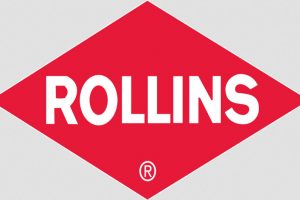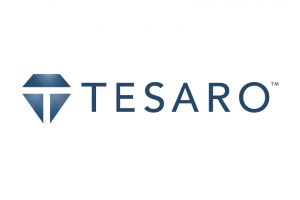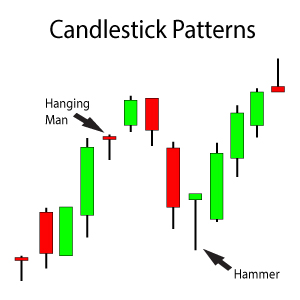As technology stocks push higher and help power the advance for the NASDAQ Composite, its time to take a look at the progress of the index.
Is there going to be the usual Santa rally this year? Well, some of those answers may be found in an article I wrote back in February. I wrote the article based on what looked like a 15 year Cup With Handle chart pattern I noticed.
“2/11/2017 – NASDAQ Composite (COMP) 15 Year Cup With Handle Chart Pattern”
In that article, I discussed the potential of the breakout from the Cup With Handle chart pattern. A 7,010 price target was calculated for the breakout. Here’s how the 7,010 price objective was calculated in that article:
Let’s calculate a 34% rise from the top of the right side of the Cup. The top of the right side of the Cup is 5,231.94; multiply that amount by 34% and the product is 1,778.86. The 1,778.86 represents the breakout amount. Now add that amount to the top of the right side of the Cup pattern. The result is a price target of 7,010.80.
A 34% rise that I used in that calculation is the “standard” or “typical” breakout for the pattern. And while the 34% increase is a great place to start for price objectives, remember that these are just guidelines and not absolute price targets. When looking for specific price targets, I prefer the use of Fibonacci charting tools and candlestick patterns. The 34% guideline sure set us on the right path, but let’s calculate some secondary breakout price targets now that there is another 9 months of breakout activity.
NASDAQ Composite (COMP)
This first chart for the NASDAQ Composite (COMP) is a 5 year monthly candlestick chart. This chart shows the index is currently at the 6,889 price level, not too far from the 7,010 target calculated in the February 2017 update.

Analyzing the Current Long-Term Uptrend for the NASDAQ Composite (COMP) on a Monthly Candlestick Chart
With long-term buying momentum that is continuing to increase, the chances for a continued rally through the end of the year look very good. That would include a Santa rally. The[s2If !current_user_can(access_s2member_level1)]……
If you want to continue reading this article for the NASDAQ Composite, you must first login. The information for this index can be applied to several of the stocks that comprise the index itself.
I review very specific upside price targets where it also makes sense to take some profits on stocks. The market will provide for a consolidation soon and this article reviews the most likely places where it may happen.
If you are not a Trendy Stock Charts member, consider joining today! There are several different subscription plans available.[/s2If][s2If current_user_can(access_s2member_level1)] MACD Histogram’s buying momentum may even suggest a continued breakout, higher than the 7,010 initial price target. It shows buying momentum that is still increasing on a long-term basis. Based on the continued increase, the buying momentum appears as if it will continue through year-end and help to produce the annual “Santa rally” that investors have come to expect.
COMP – 20 Year Monthly Chart
This next chart is a 20 year monthly candlestick chart for the index. This is to take a step back and look at the entire 15 year Cup With Handle chart pattern and its breakout.
The breakout from the Cup With Handle chart pattern has been in place for over a year now. Since the index has already surpassed its Golden Ratio of 161.8% from the blue Fibonacci Extension Tool, the next price objective from that tool is the 261.8% Target Line. The 261.8% Target Line is a target line that is reached during strong uptrends.
When the uptrend does decide to break and a consolidation period starts, the consolidation period should be a relatively “shallow” one. I would not anticipate any more than a 10% – 15% correction for the index at that time. The most likely wave pattern during the correction will be some sort of Triangle wave pattern. Why do I anticipate that? Well, the consolidation period before the breakout developed into a Zig-Zag wave pattern. The corrections for Elliott waves tend to alternate between Zig-Zag wave patterns and Triangle wave patterns. And since a Zig-Zag wave pattern developed during the Handle for the Cup pattern, the next major consolidation period should then be a Triangle.
Why do I mention what type of consolidation pattern I anticipate to develop? Knowing that a Triangle wave pattern is going to develop is less painful if you wanted to stay long than having a Zig-Zag wave pattern develop. It is hard to stay long during any correction, but Triangle wave patterns make it a little easier. Rather than shake you out of your long position with a steep drop of a Zig-Zag wave pattern, the market makers try to shake you out of the position with the ups dn down movements of a Triangle wave pattern that make is seem as if the stock is going nowhere but sideways.
COMP – Point & Figure Charts
The Point & Figure charts both have bullish price objectives, one of which has been met.
High/Low P&F Chart
The Closing P&F Chart shows a 7,199 bullish price objective. This bullish price objective helps to confirm the extended breakout possibly towards the 7,700 price level.
The Closing P&F Chart shows a 7,199 bullish price objective. This bullish price objective helps to confirm the extended breakout possibly towards the 7,700 price level.
With one bullish price objective that was just met and another with a higher price target, the Point & Figure charts seem to confirm my anticipation of a further breakout from the Cup With Handle chart pattern.
NASDAQ Composite (COMP) Summary
With more expected from the NASDAQ Composite (COMP), stay long your favorite stocks that fall within the index. The index looks to have another 5% – 15% continued breakout from its Cup With Handle chart pattern. That 5-15% increase is expected before a possible extended consolidation period takes place.
And when the extended consolidation does start, it should be shallower than the previous correction that ended February 2016. However, the consolidation will need time on its side with a shallower correction. Shallower corrections tend to last longer than sharper corrections, and I think that just may be ok from our perspective.
[/s2If]

















Ask a Question. Make a Comment. Leave a Reply.